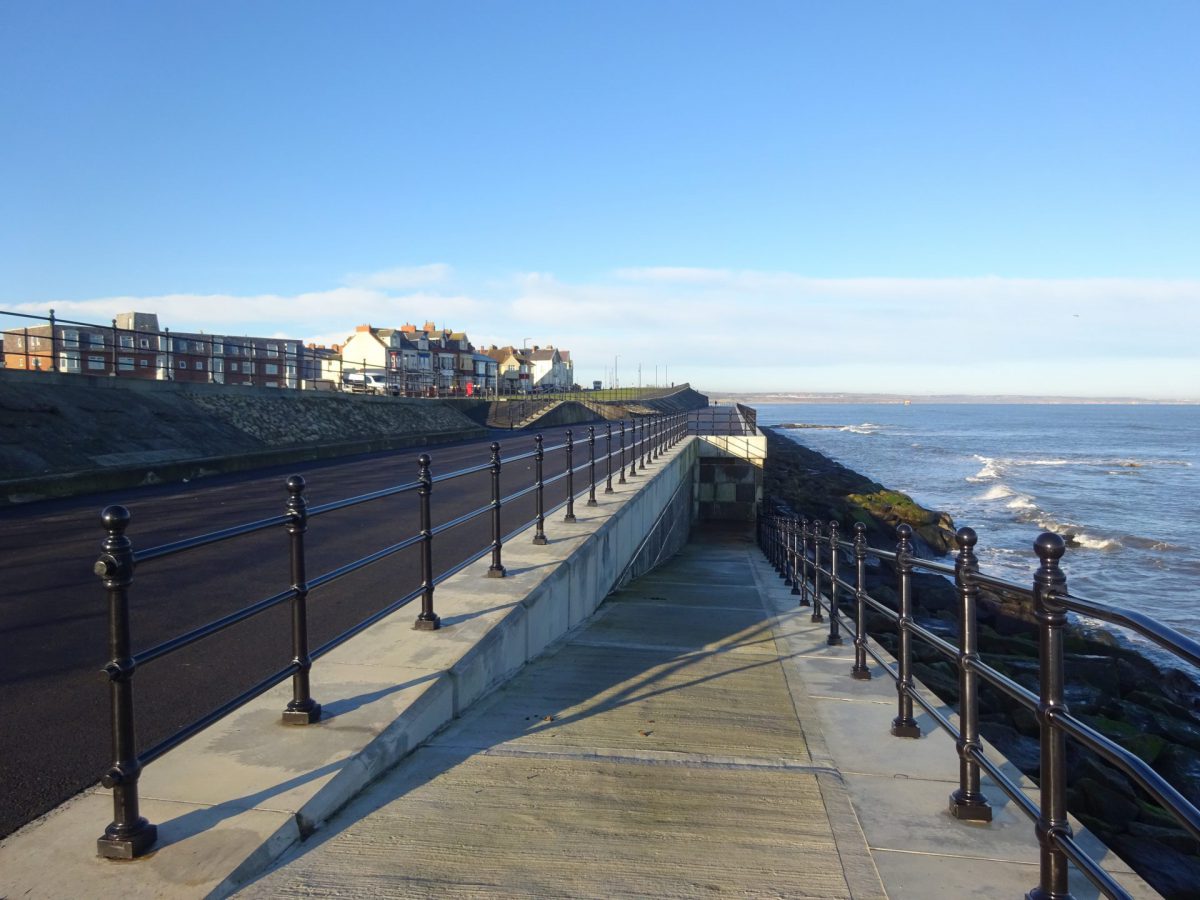A combination of life expired defences dating back over 150 years and severe wave conditions was generating catastrophic coastline retreat and the release of contaminated material. Ultimately without significant works, over 560 properties, infrastructure and historical/cultural assets were at risk of rapid coastal erosion.
Upgrading a seawall over 2.5km in length, whilst taking into account impact on the protected foreshore, tidal exposure and the requirement for over £8,000,000 in external contributions meant traditional coastal defence techniques to be rethought.
Hartlepool’s economy relies on its status as a destination for maritime history and tourism which is worth more than £117 million/year to the town, therefore protecting these assets was essential.
A key consideration for this scheme was to minimise the footprint of the proposed construction and restrict construction traffic movement the foreshore. The original proposal was rejected by Natural England due to the impact on the foreshore.
Through detailed ecological surveys spanning several years, we were able to demonstrate that the foreshore which was supporting populations of internationally important birds was in a declining condition. It was demonstrated that there were less food sources available in the upper shore than the lower shore. The design team were able to propose mitigation measures to reintroduce species onto the new construction and thus provide the same ecological function as the natural foreshore. Natural England still had concerns regarding the design as no scheme had previously been able to demonstrate the rejuvenation of a declining ‘Specially Protected Area (SPA)’ however it was agreed this scheme could proceed in an attempt to prove the concept.
On the basis of the proposed measures, Natural England removed their objection and the scheme progressed with a budget of £10,600,000.


